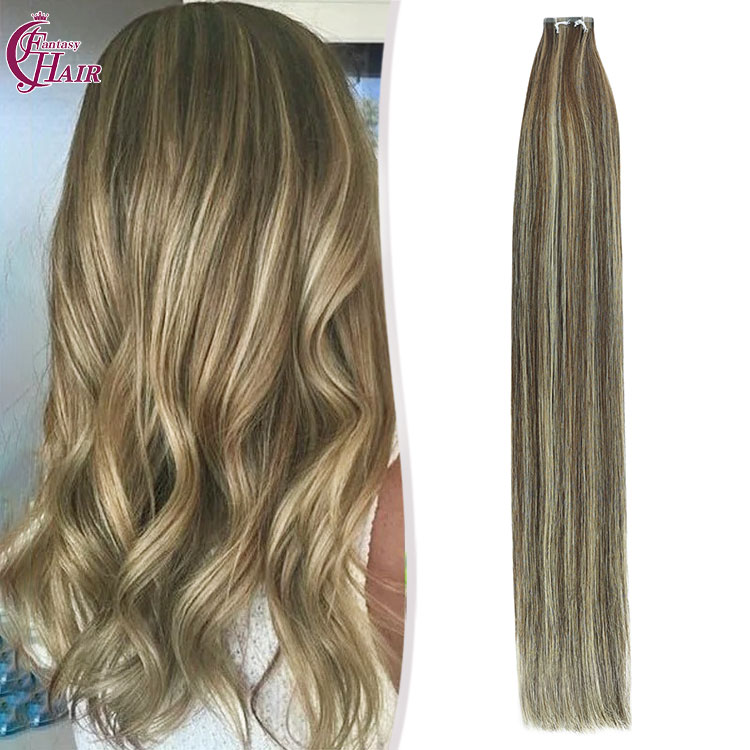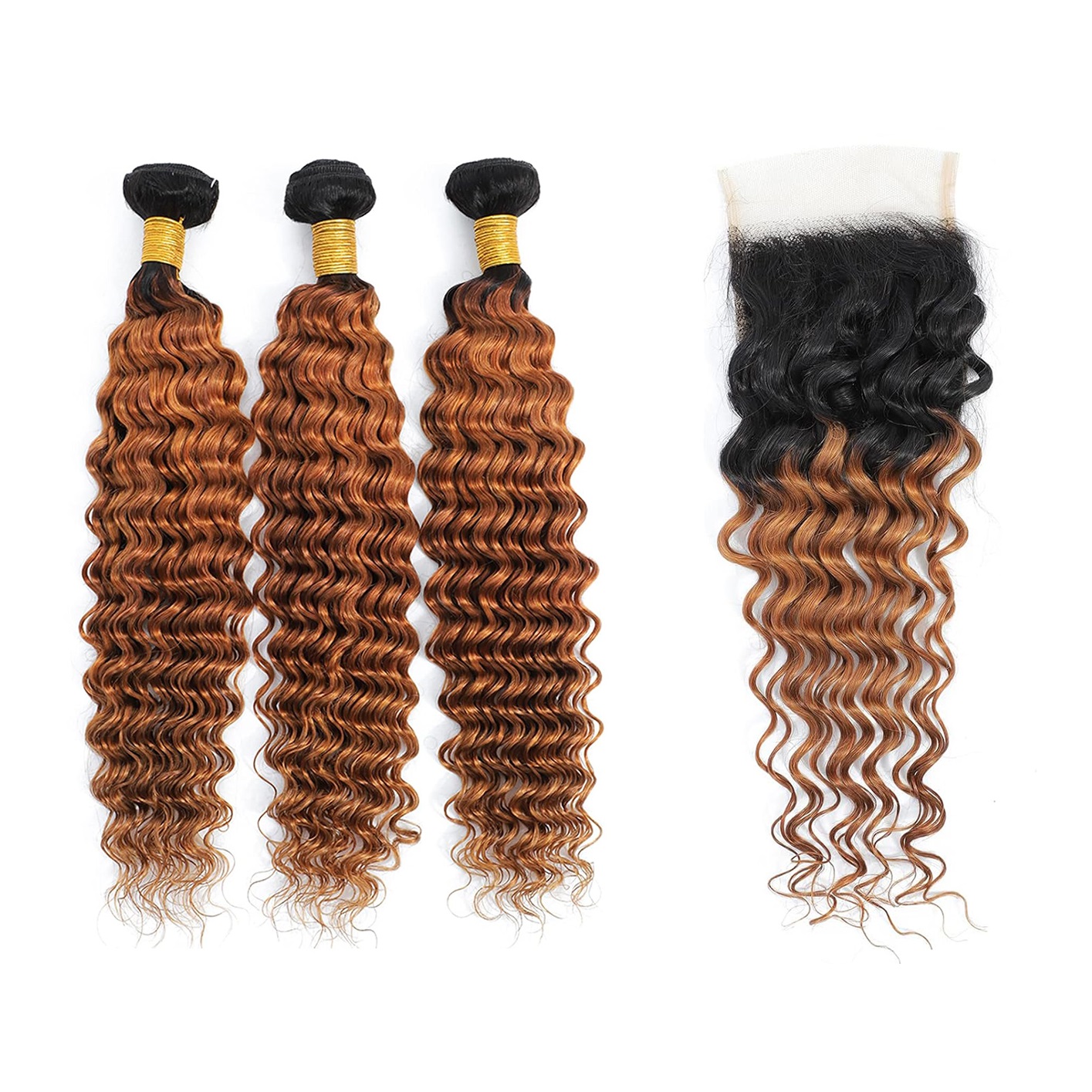The demand for high-quality hair extensions and wigs has surged in recent years, driven by the desire for versatile styling options and the celebration of individual beauty. At the heart of this trend is the wholesale human hair industry, which has experienced significant growth due to its capacity to meet the diverse needs of the global market. This article provides an in-depth look at the dynamics of the wholesale human hair industry, exploring its key players, trends, and the factors that contribute to its success.
The Rise of the Wholesale Human Hair Market
The wholesale human hair market has expanded rapidly, with several factors contributing to its rise:
- Consumer Demand: The increasing popularity of hair extensions and wigs has fueled the demand for high-quality human hair.
- Globalization: The globalization of beauty standards has created a diverse market for different types of hair textures and styles.
- Technologicalancements: Advances in hair processing techniques have made it possible to offer a wider range of products, from raw virgin hair to colored and styled extensions.
Key Players in Human Hair Industry
Several key players dominate the wholesale human hair market, each contributing to the industry’s growth and innovation:
- Manufacturers: These are the backbone of the industry, responsible for sourcing, processing, and distributing human hair products.
- Suppliers: Suppliers act as intermediaries between manufacturers and retailers, ensuring a steady supply of hair products to the market.
- Retailers: Retailers, including both physical stores and online platforms, bring hair products directly to consumers.
- Salons and Stylists: These professionals are instrumental in shaping consumer preferences and driving demand for hair types and styles.
Market Trends in Wholesale Human Hair
The wholesale human hair market is influenced by several key trends:
- Quality over Quantity: There is a growing preference for high-quality human hair over synthetic alternatives, as consumers seek more natural and durable options.
- Ethical Sourcing: Ethical sourcing has become increasingly important, with consumers and organizations demanding transparency and accountability in the supply chain.
- Customization: The demand for customized hair products, including specific colors, lengths, and textures, is on the rise.
- Sustainability: There is a growing trend towards sustainability in the industry, with a focus on eco-friendly processing methods and packaging.
The Sourcing and Processing of Human Hair
The sourcing and processing of human hair are critical to the wholesale hair industry:
- Sourcing: Ethical sourcing practices are essential to ensure the hair is collected with donor consent and in compliance with local laws and regulations.
- Processing: The processing of human hair involves cleaning, sorting, and sometimes coloring or styling to meet market demands.
- Quality Control: Rigorous quality control measures are in place to ensure the hair meets the highest standards before it reaches the market.
The Impact of Technology on the Wholesale Human Hair Industry
Technology has had a profound impact on the wholesale human hair industry:
- Processing Techniques: Advanced processing techniques have improved the quality and longevity of human hair products.
- E-commerce: The rise of e-commerce has expanded the reach of wholesale hair suppliers, making products more accessible to a global customer base.
- Data Analytics: Data analytics help manufacturers and suppliers understand market trends and consumer preferences, informing production and inventory decisions.
Challenges and Opportunities
The wholesale human hair industry faces both challenges and opportunities:
- Competition: The market is competitive, with new entrants constantly emerging.
- Regulatory Compliance: Navigating the complex regulatory landscape, particularly in international markets, can be challenging.
- Market Expansion: There is significant potential for market expansion, especially in regions where hair extensions and wigs are becoming more popular.
- Innovation: industry is ripe for innovation with opportunities to develop new products and improve existing ones.
Conclusion
The wholesale human hair industry is a dynamic and rapidly evolving sector that plays a crucial role in the global beauty market. Driven by consumer demand, ethical sourcing, and technological innovation, the industry continues to grow and adapt to changing trends. As the market expands, manufacturers, suppliers, and retailers must stay attuned to consumer preferences and regulatory requirements to maintain their competitive edge. The future of the wholesale human hair industry looks promising, with ongoing innovation and a commitment to sustainability setting the stage for continued success.




